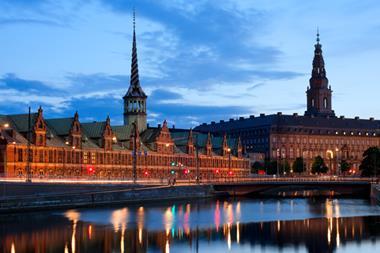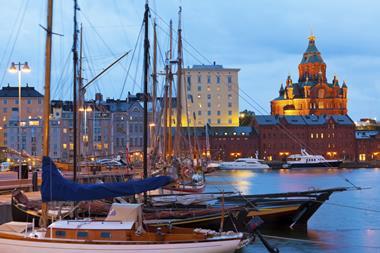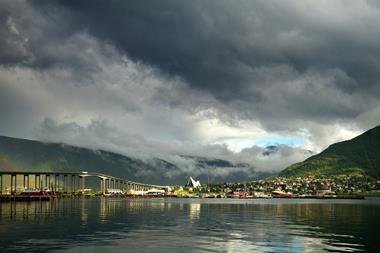Realdania, the Danish philanthropic organisation that supports projects in the built environment, made a 15.9% return for the calendar year 2014 on its investment portfolio, slightly less than the previous year’s 16.3%.
By far the best-performing asset class in the overall portfolio – worth €2.9bn at end-2014 – was equities, which achieved a 25.1% return.
Within this asset class, listed equities provided a 25.5% return, while private equity made 22.9%.
Listed equities form 49.8% of the portfolio, with a further 8.2% in private equity.
Alternatives were the next highest performer, returning 9.5% on a 2.1% allocation, while real estate made 5% from its 10% allocation.
Fixed income returned 1%. Bonds make up 29.9% of the portfolio, split roughly 40:60 between investment-grade and non-investment grade bonds.
Realdania’s investment activities are built on value creation through active management, primarily using external asset managers in more than 70 portfolios.
It invests globally to achieve diversification and believes that equities, credit bonds and other equity-like assets give higher returns than government bonds over the long term.
In its annual report, Realdania said its strategic asset allocation aimed to provide the highest risk-adjusted returns throughout an entire economic cycle.
But it went on to point out that expected annual investment returns were highly dependent on the current phase of the economic cycle.
It said: “Realdania therefore believes dynamic tactical asset allocation creates value and exploits macro-economic fluctuations and inefficient market conditions to create additional returns within the framework of the investment strategy.”
Chief executive Jesper Nygård added: “It’s been a good year for us, with satisfactory results, especially when you consider it has been a difficult year on the stock markets, with substantial price fluctuations and large differences in returns between the various stock markets.
“Our forecast for the coming year is that we will achieve a lower return than for 2014, when we benefited from very favourable price developments.”












No comments yet